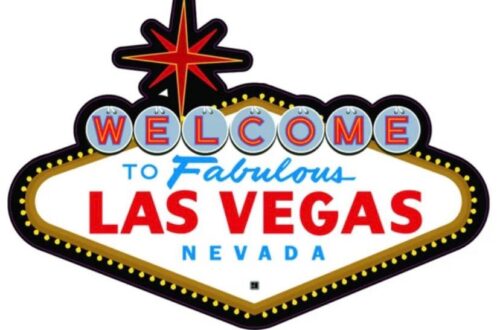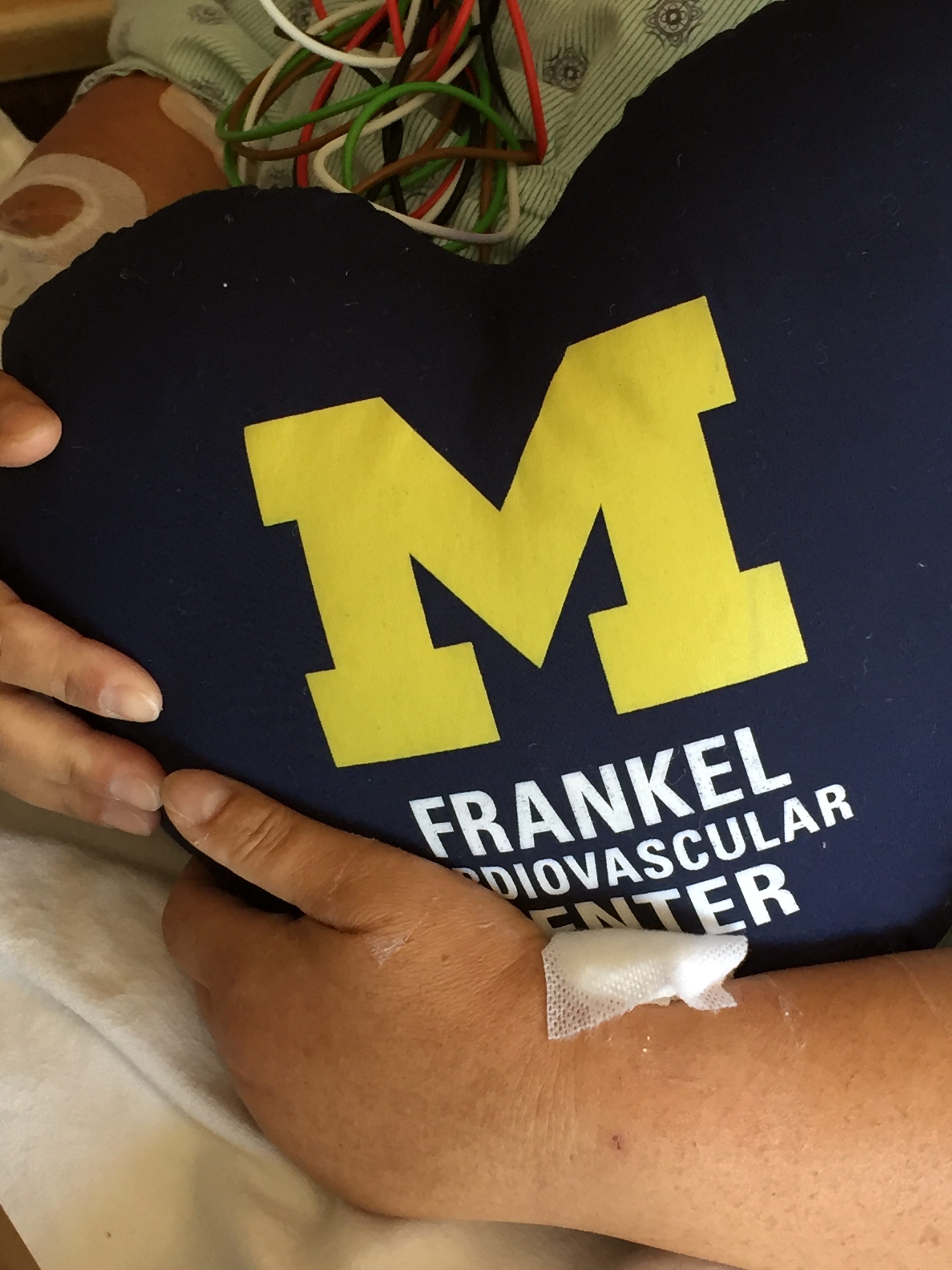“Faith wouldn’t be real faith if you only believed when things were good.”
I overheard this gem on a recent episode of ABC’s “Grey’s Anatomy,” which I normally half-watch between moves of my myriad Words with Friends matches.
With respect to faith, I believe no one has ever improved on Emily Dickinson’s quatrain on the subject:
“Faith is a fine invention
For gentlemen who see.
But microscopes are prudent
In an emergency.”
In April, while vacationing in Fort Lauderdale, I met an affable priest who takes Harley-Davidson road trips and sips Miller Lite by the pool.
“Please call me ‘Chip,’” said the Rev. George F. O’Neill, a tanned, 60-something pastor of St. Joseph’s Church in Brookfield, an affluent town in Fairfield County, Conn., about 45 miles northeast of New York City.
As a lapsed-Catholic, the best I could manage was “Father” Chip.
The priest had recently lost his mentor and best friend, the Rev. Msgr. Edward J. Scull Jr. — fondly known as “the Monsignor” — to pancreatic cancer.
As the disease ravaged his body, the Monsignor required more help, so Father Chip moved into his home to be primary caregiver. Each morning, the 90-year-old Monsignor would wake up and ask Father Chip the same question: “Am I dead yet?”
He wasn’t. Until he was on Aug. 26, 2016.
Nearly two years later, Father Chip continues to grieve his loss, feeling a deep void as if he’d lost a parent.
I wondered how Father Chip kept the faith during such a difficult time and if he ever wavered. Not likely, I’m guessing.
It got me thinking how to remain faithful when life throws you a curve ball.
As in, when you’re facing open-heart surgery to fix a leaky mitral valve and you’re scared shitless that it’s not going to turn out well because you’ve already had open-heart surgery once to remove a cardiac tumor so you know what it’s like and wonder how many times your heart can be chilled with ice chips and put on cardiopulmonary bypass.
You pray it’s at least twice.
My valve job is May 29 at the University of Michigan Hospital in Ann Arbor. I have complete confidence in my surgeon, who has performed thousands of these operations. And I trust the science.
When I had my first heart operation in 2001, I was 41 and knew it wouldn’t be easy but was certain things would turn out fine. They did. The tumor was benign.
Now, at 58, I’m not quite sure why I’m doubting the outcome. Or my faith. I’ve got a supportive partner, wonderful family and great friends.
I posed the curve ball question to Father Chip, who replied via email:
“Faith is a gift. But as with any other gift, it needs to be accepted, opened and enjoyed. Our generation and those before us had faith imposed upon us. I don’t mean that in a negative way, but it was ‘something we did’ as opposed to ‘something we are.’ As long as you did those certain things, then you were a ‘practicing Catholic.’ Good for when we were young or when life is going well, but when we get hit with a curve ball, those whose Faith (his capital “F,” not mine)was never personally accepted and embraced tend to go all wobbly.”
And then the diplomatic slam dunk.
“I do not want to be presumptuous, but you may be in this category.”
So, now I’m a wobblylapsed Catholic?
Father Chip continued.
“Our lives are a journey from and with God, and His will for us. When we recognize that what happens to us happens for a reason, that’s Faith that has been received, accepted and lived. It is a commitment that is deeper than any curve ball life throws because, in a sense, you say, ‘Go ahead, curve ball. Give me your best shot. Because the worst thing that can happen to me is death, and that is simply a rebirth into eternal life, which is what this journey has all been about.”
“The worst thing that can happen to me is death.”
I suppose I can live with that.
Lucky for this Motown girl, Father Chip followed up his baseball analogy with an automotive one and a familiar Latin phrase meaning “forevermore.”
“So, Jennifer, what’s it gonna be? It’s your call. Let go of the wheel, keep your hands off it ad infinitum. Let go – enjoy the ride.”
Emily Dickinson was right: Keep the Faith — and trust the science.
(Copyright 2018)




